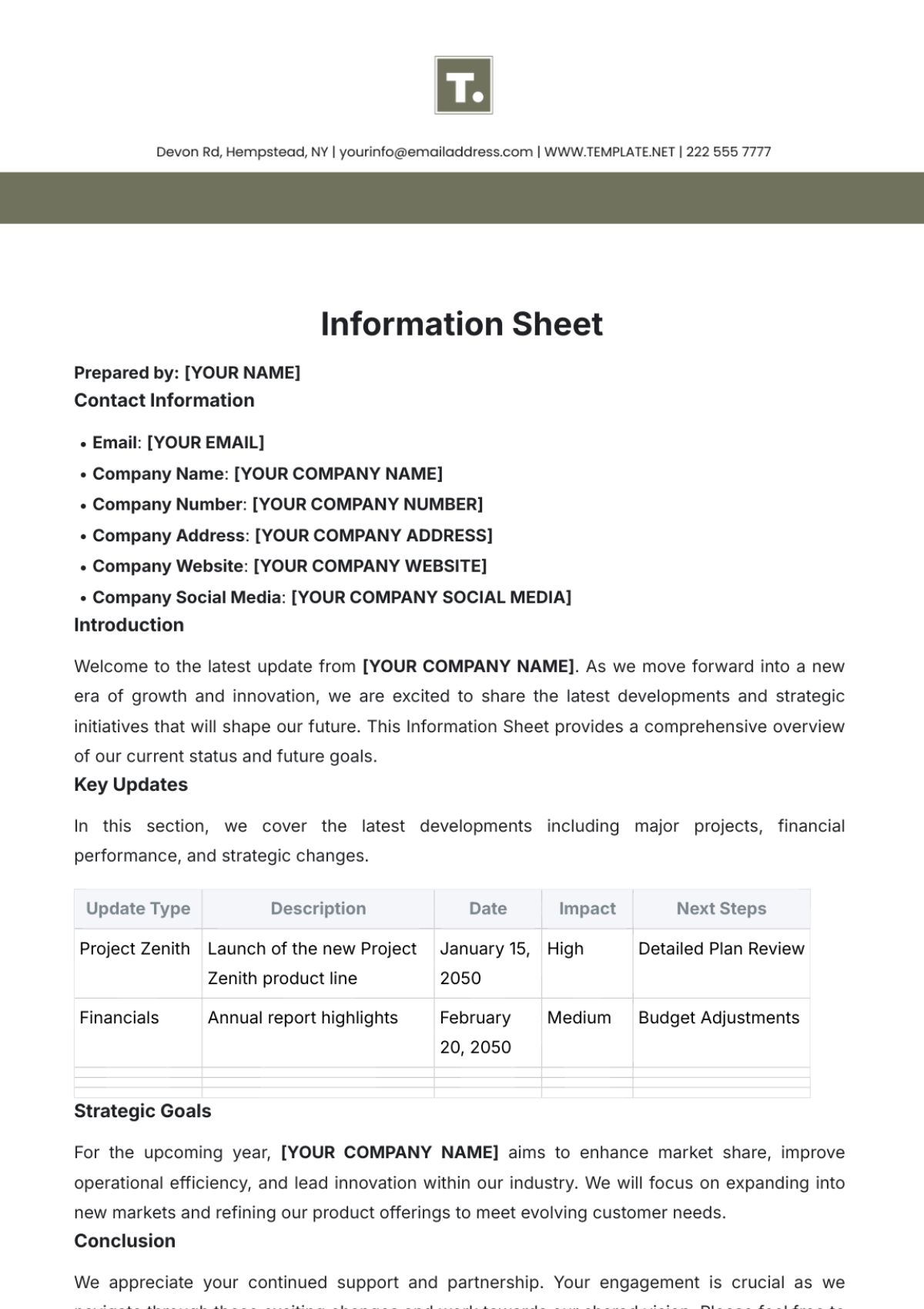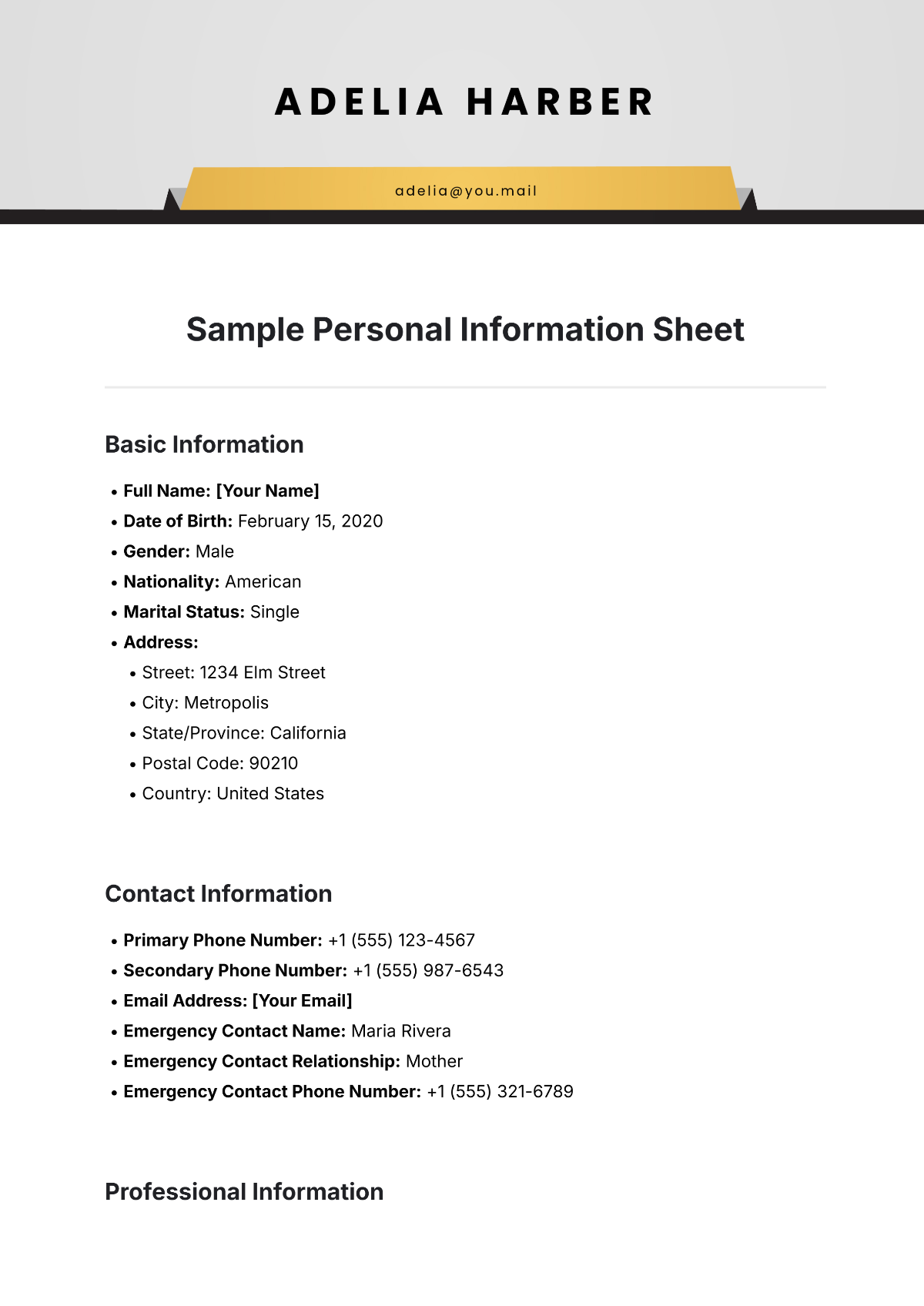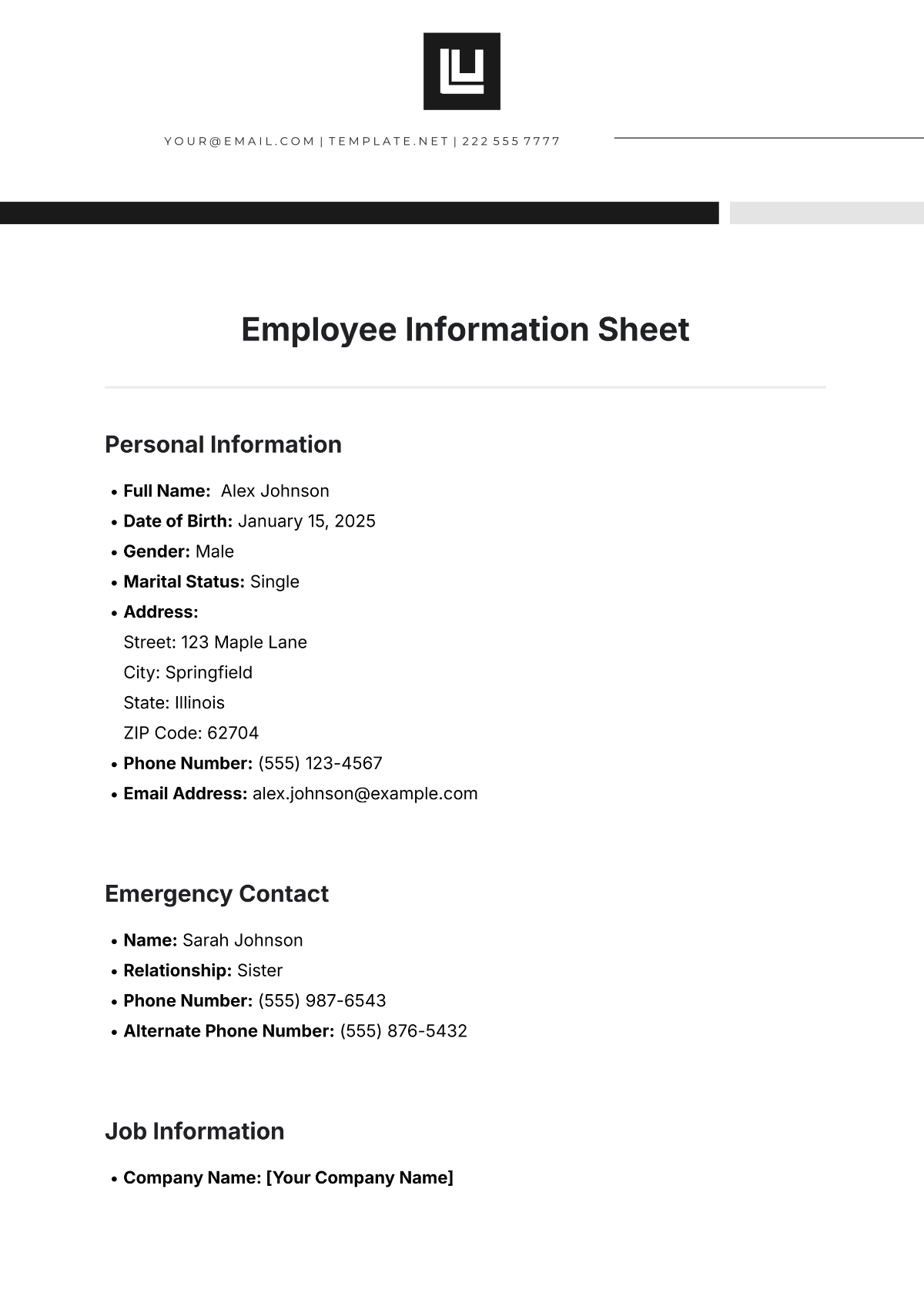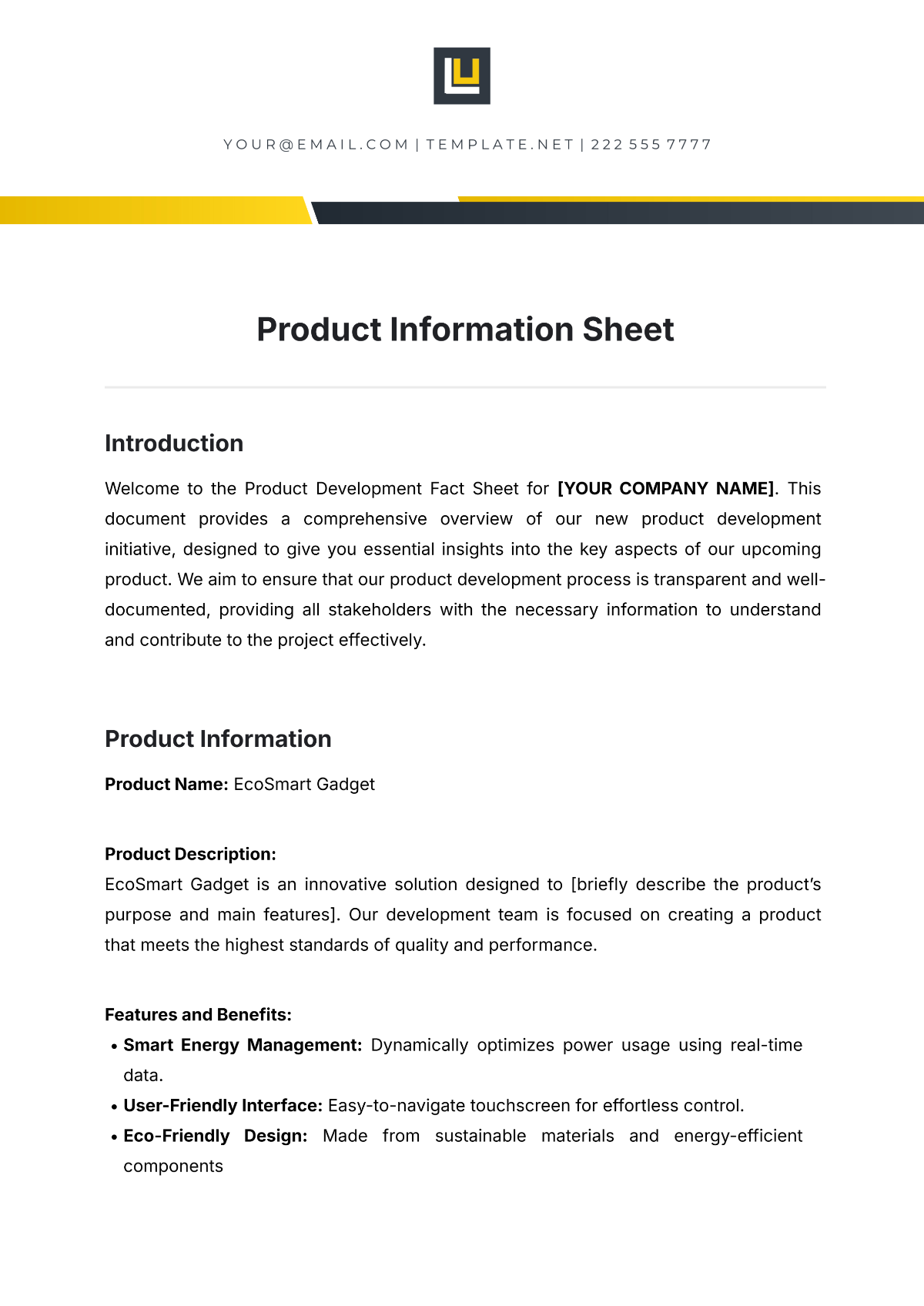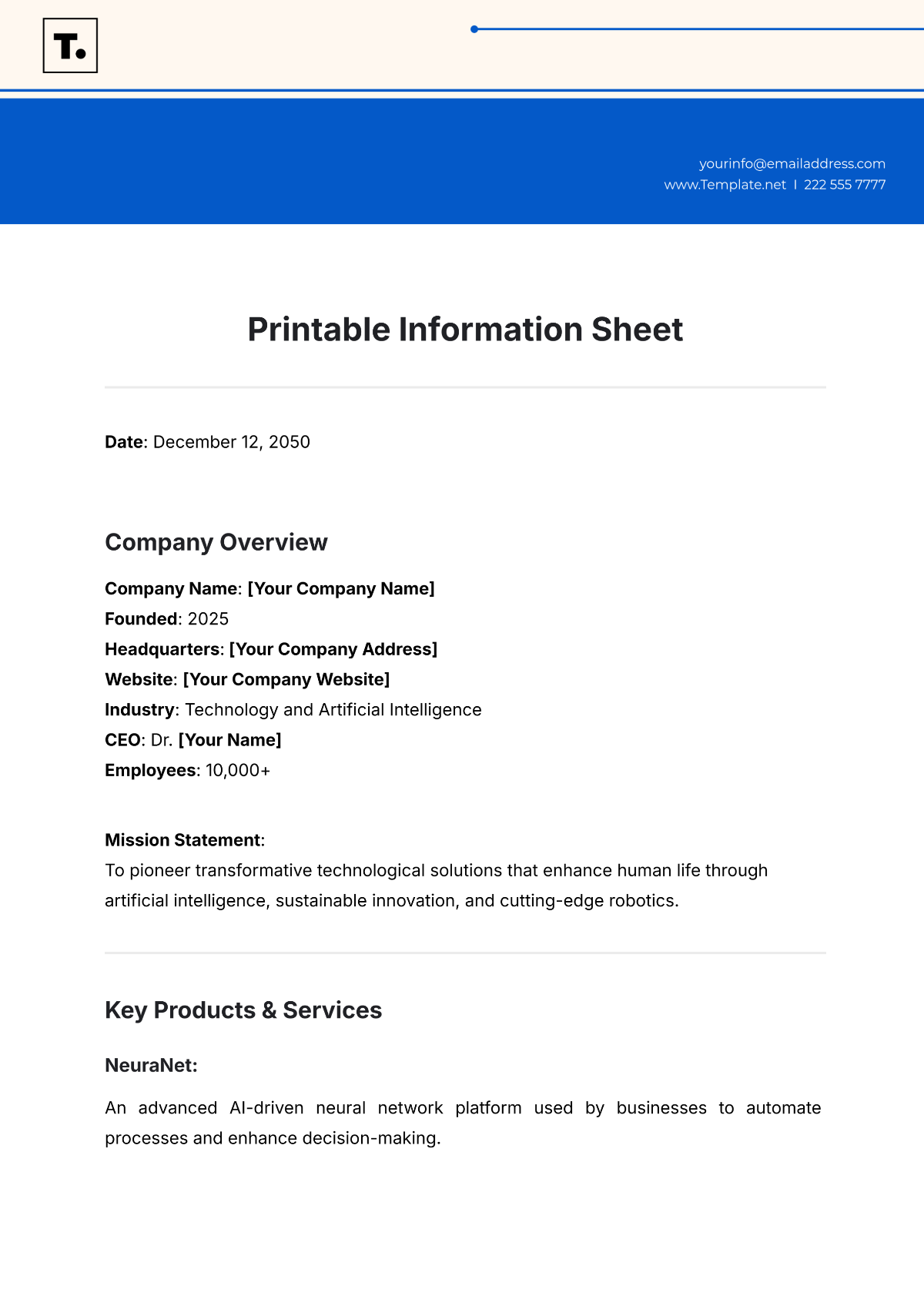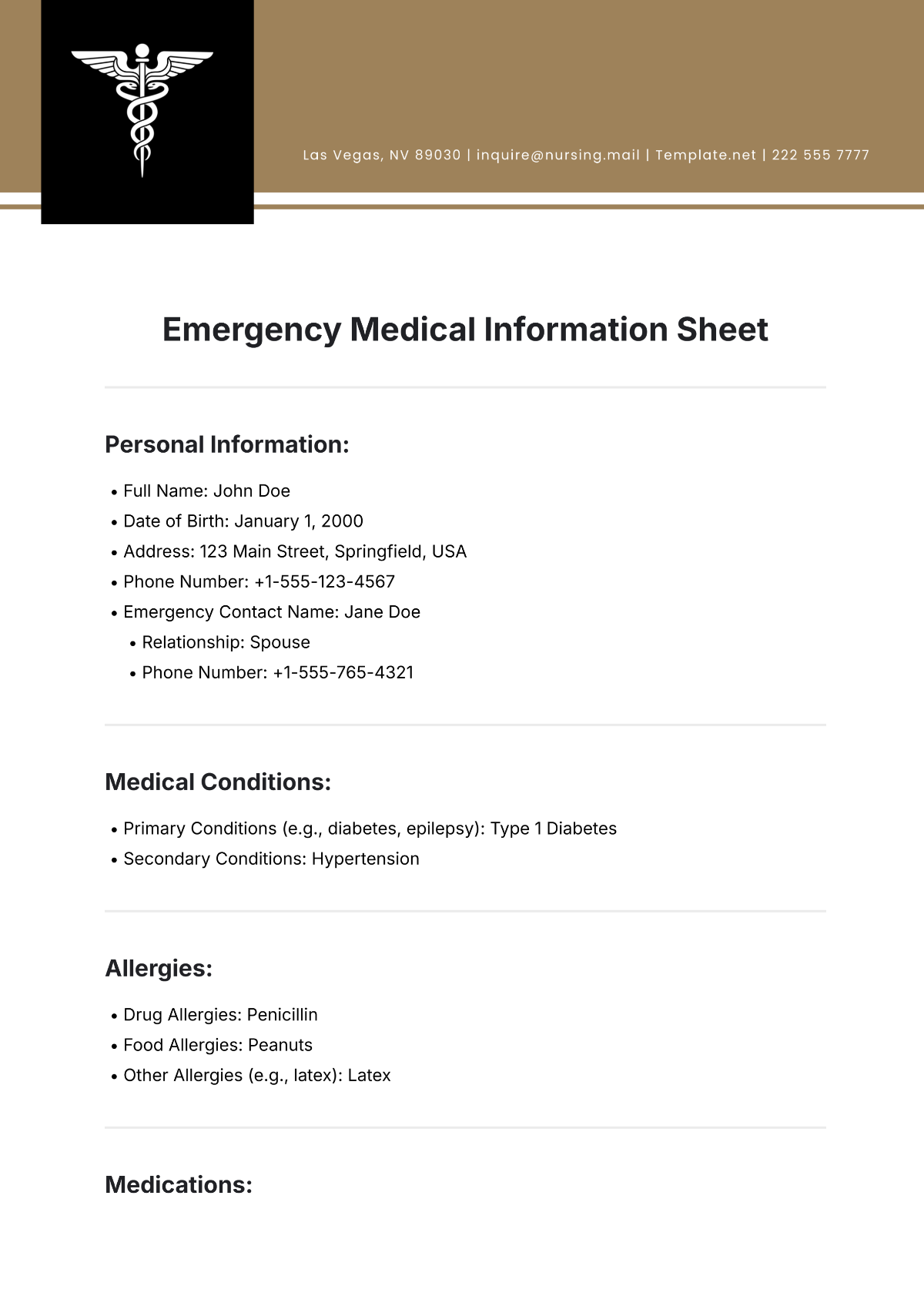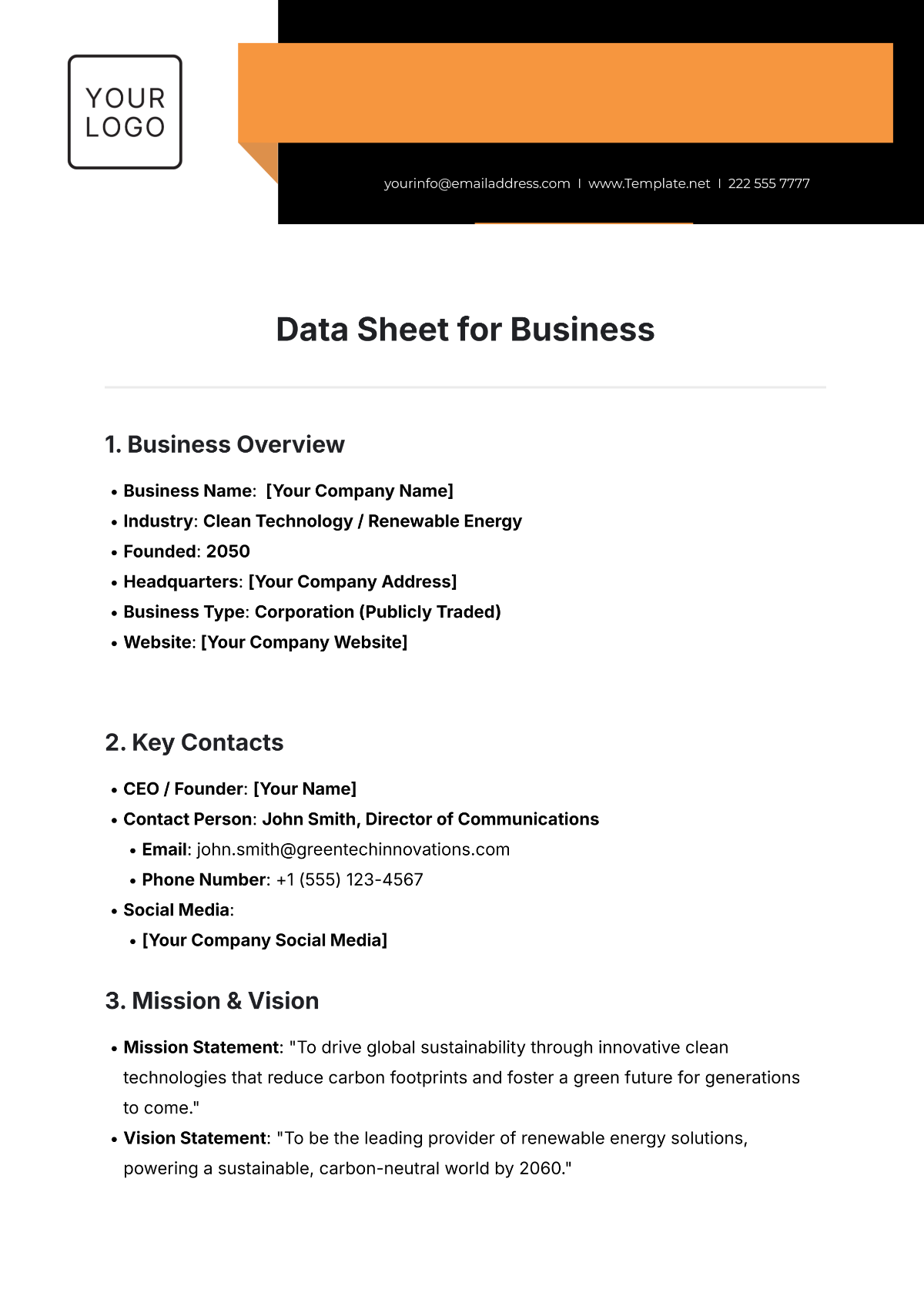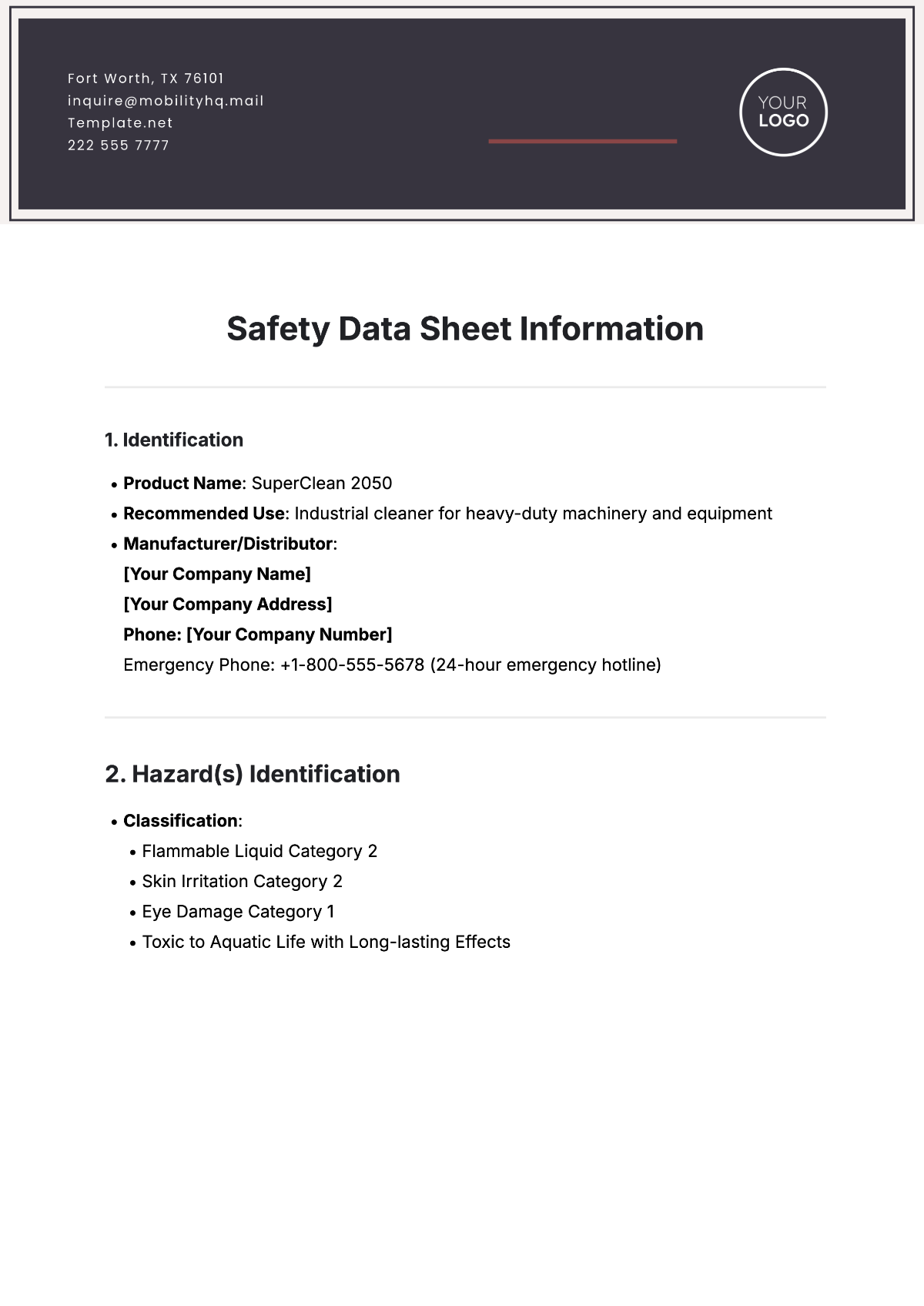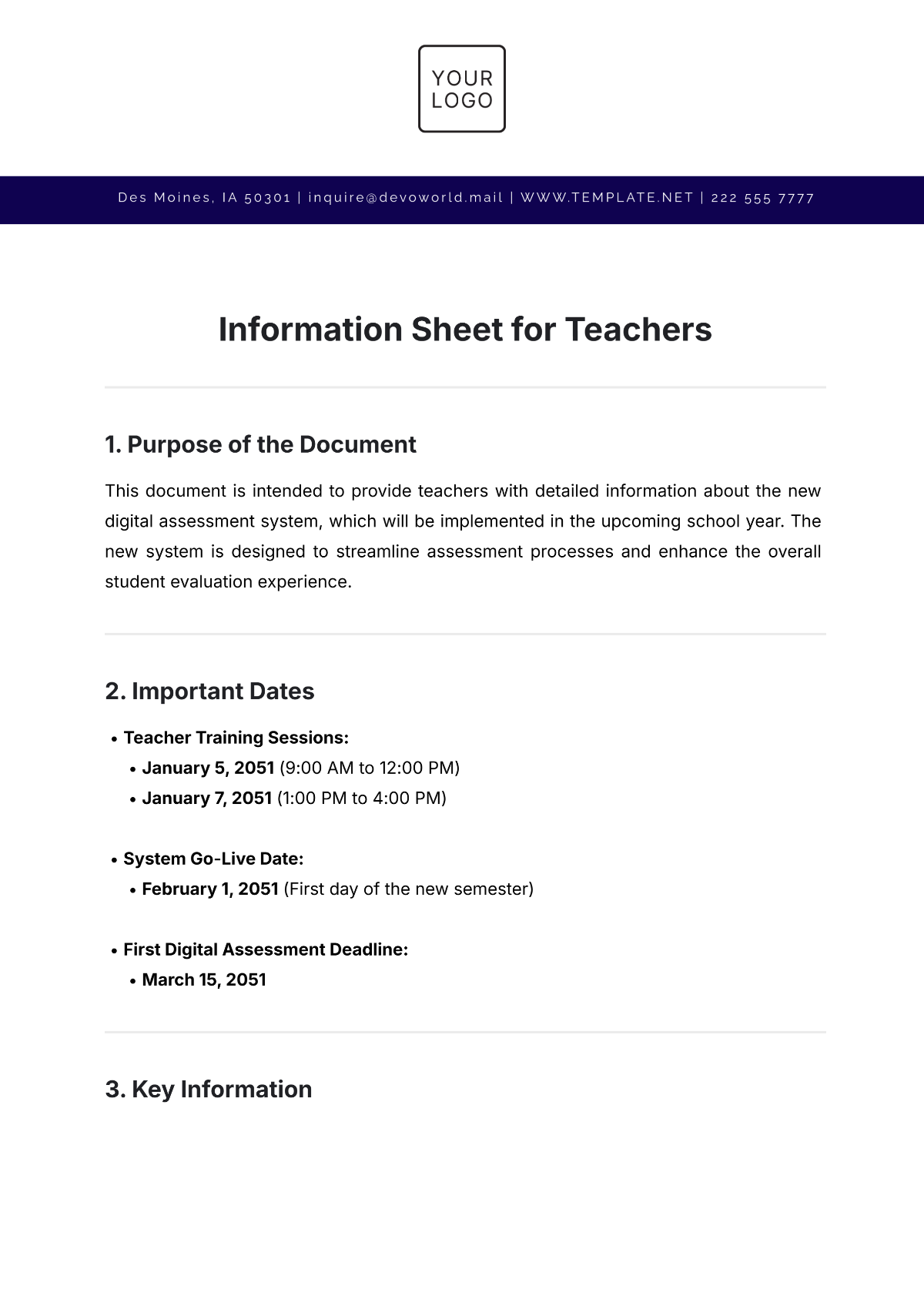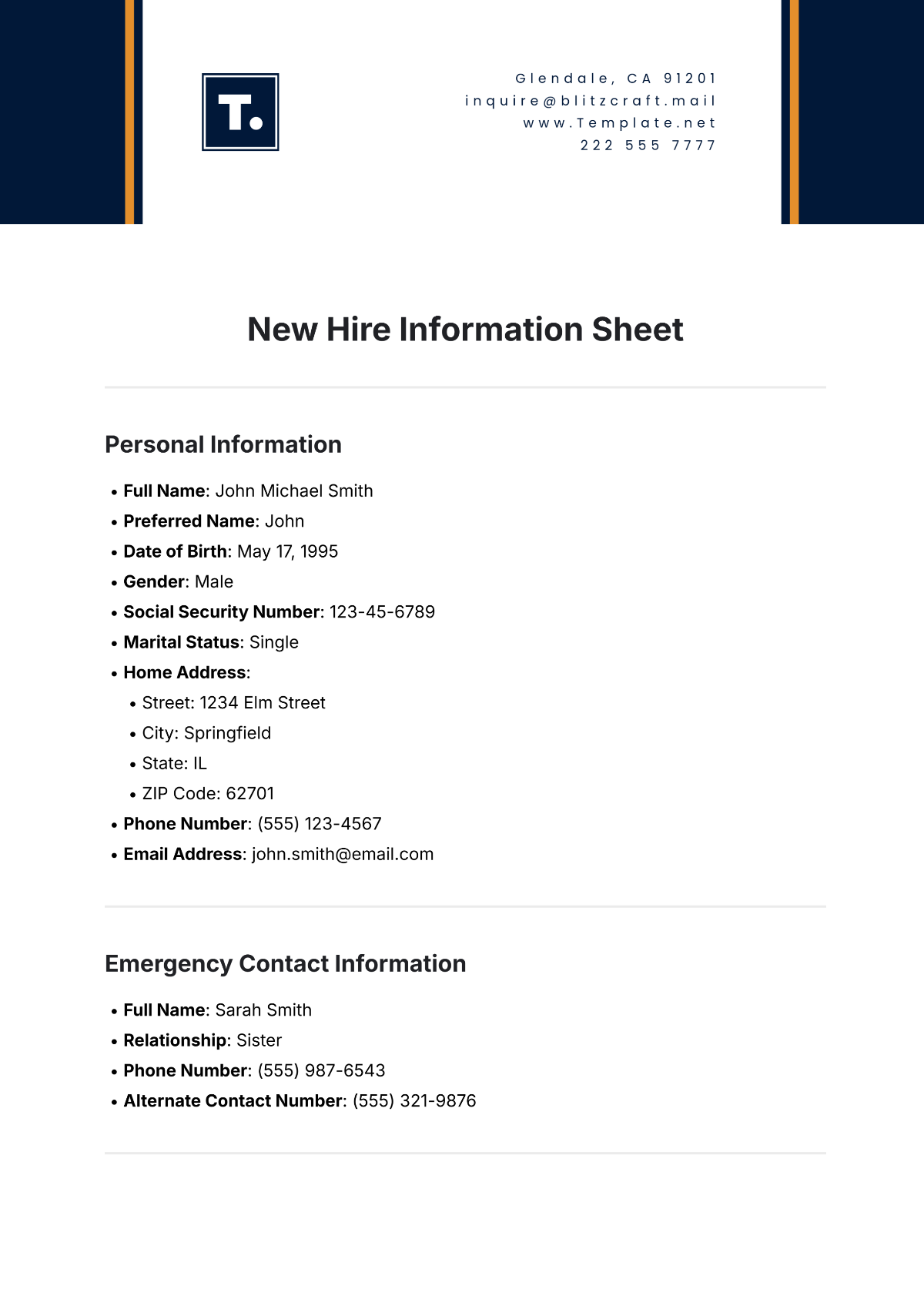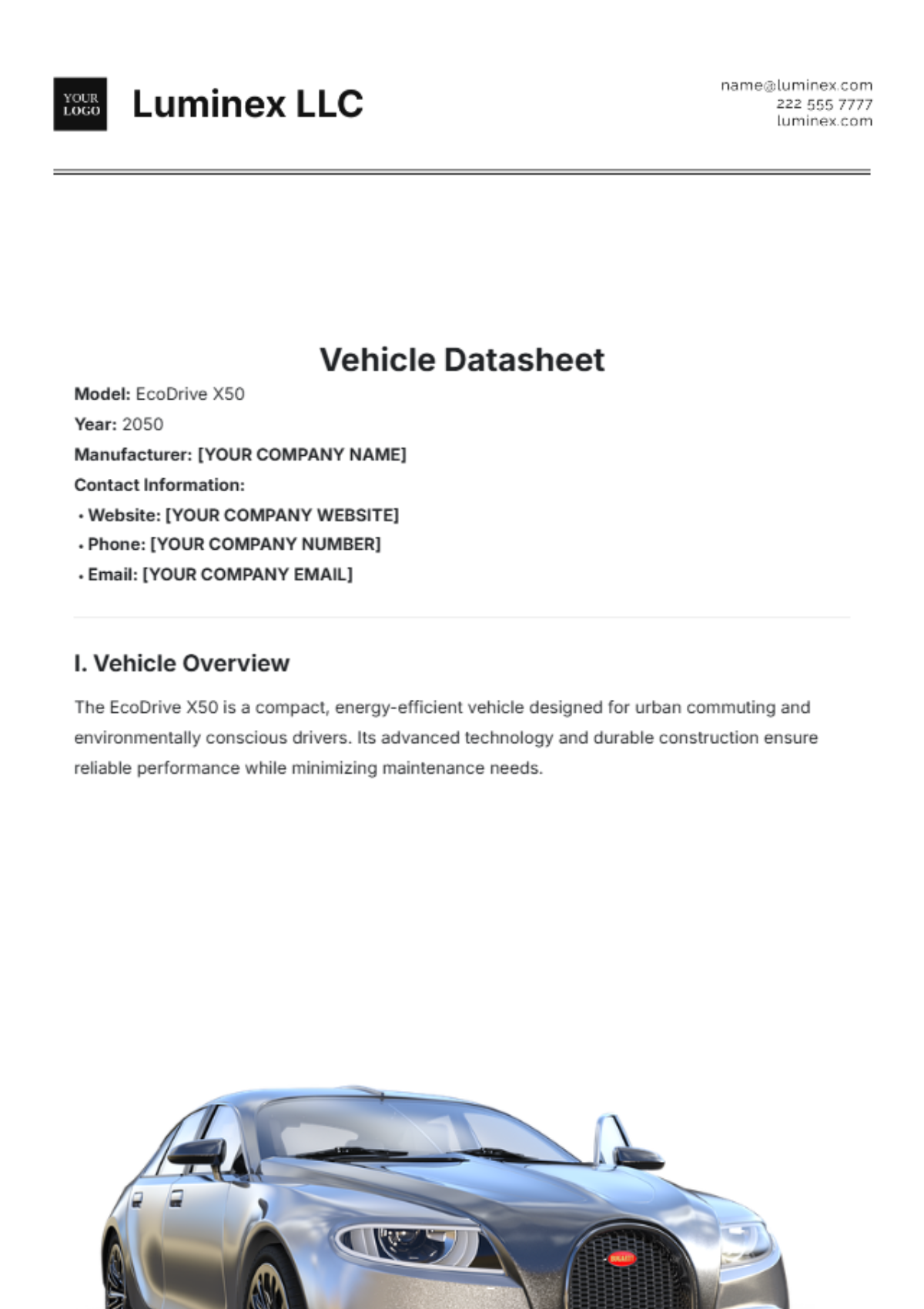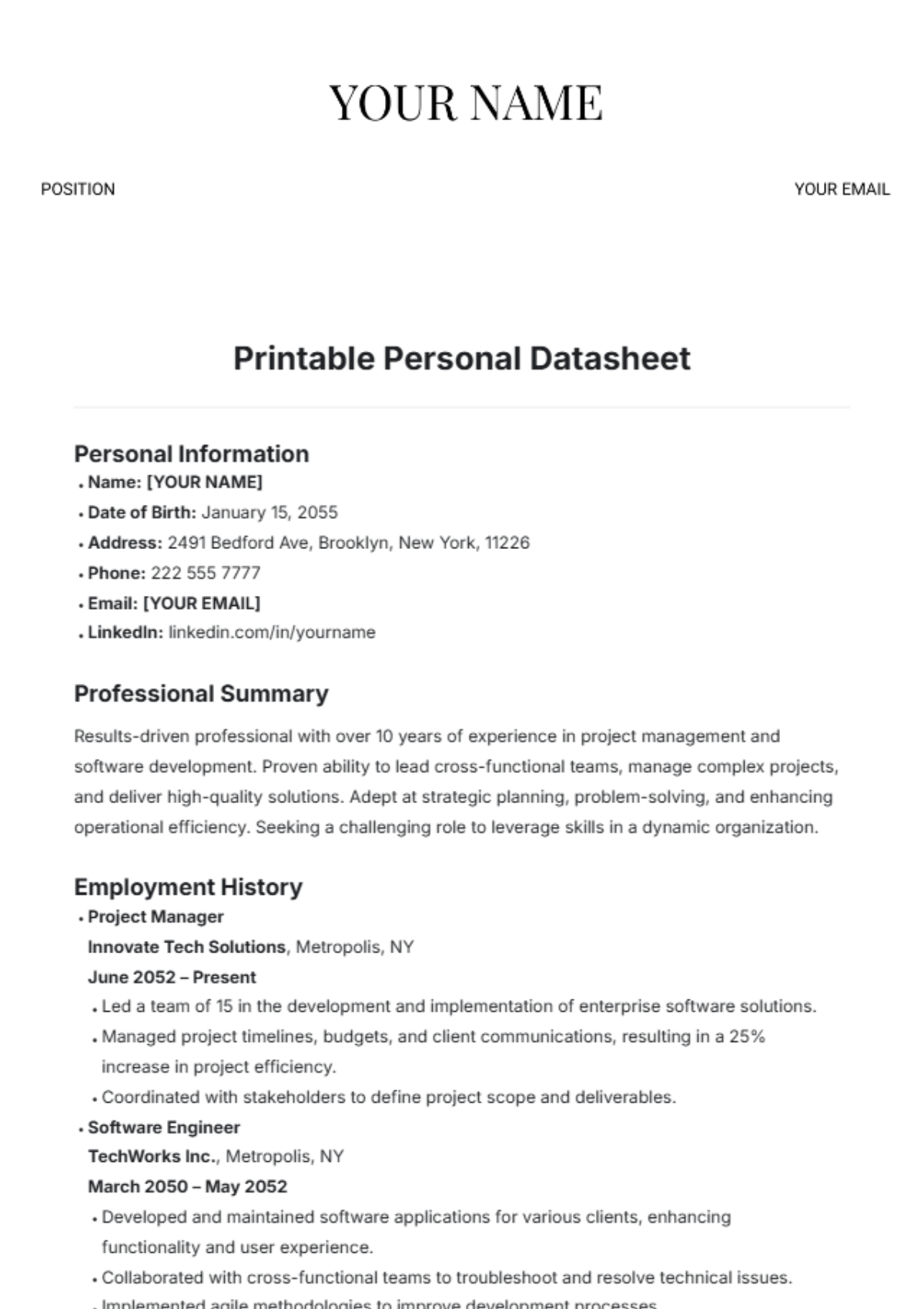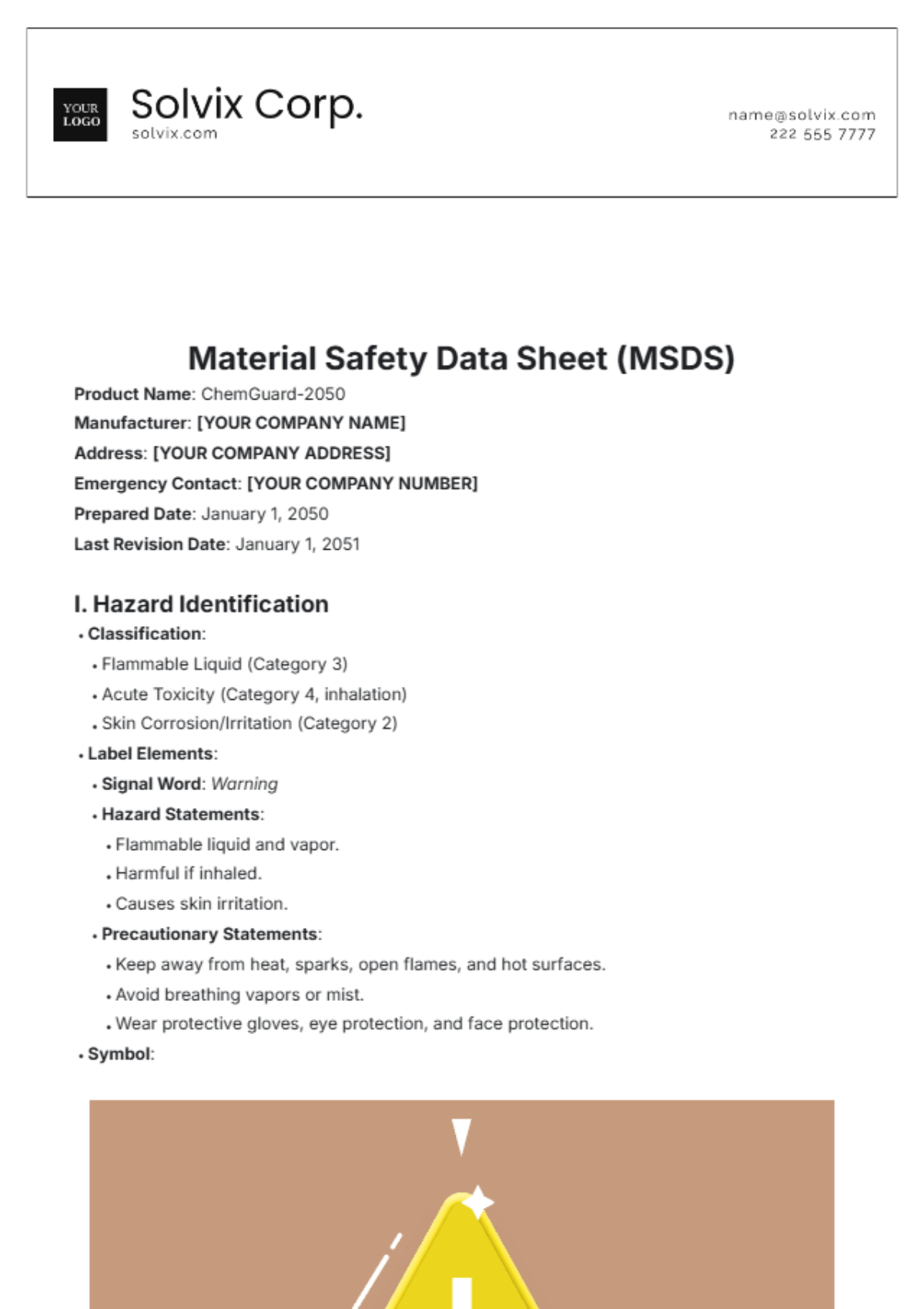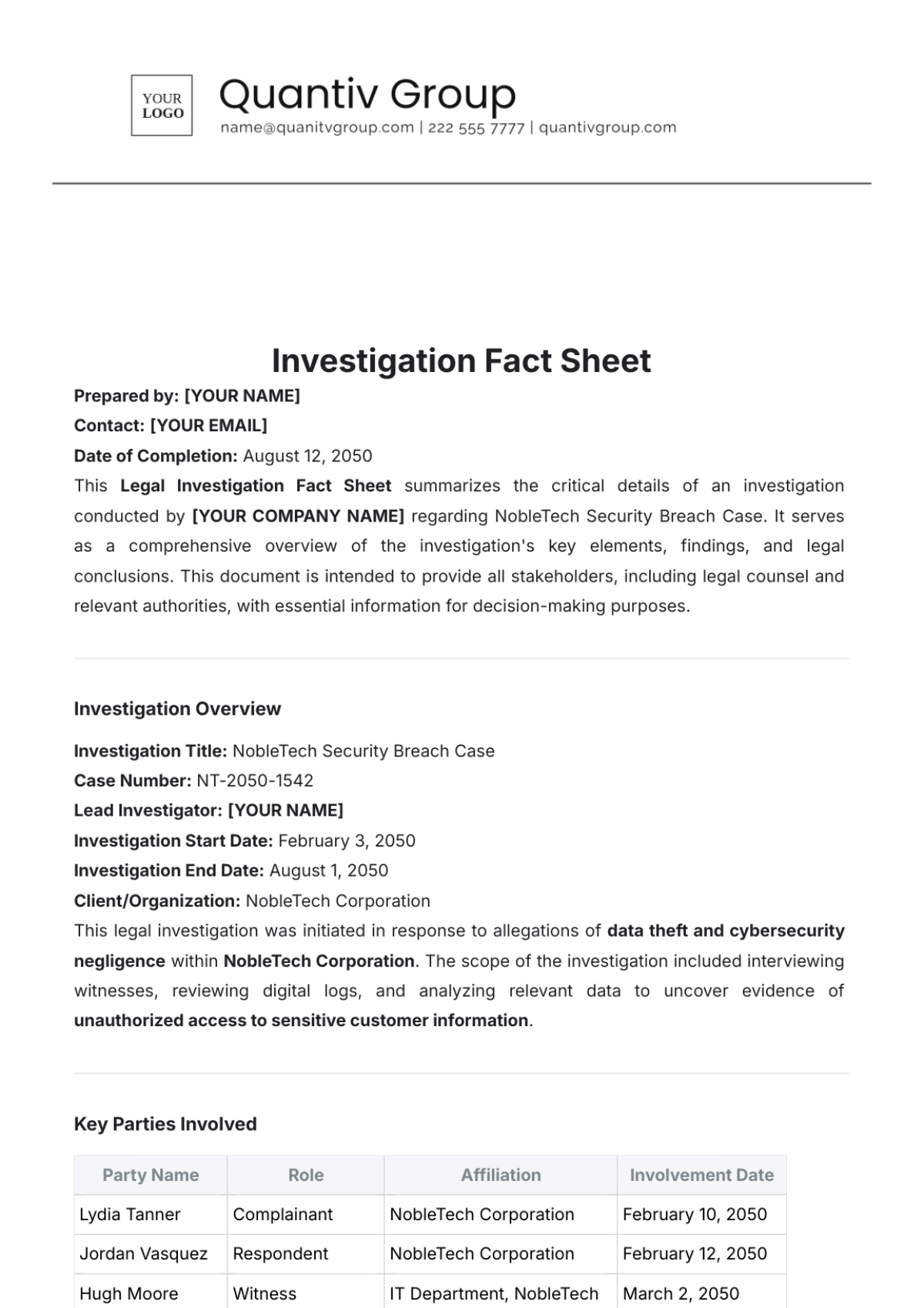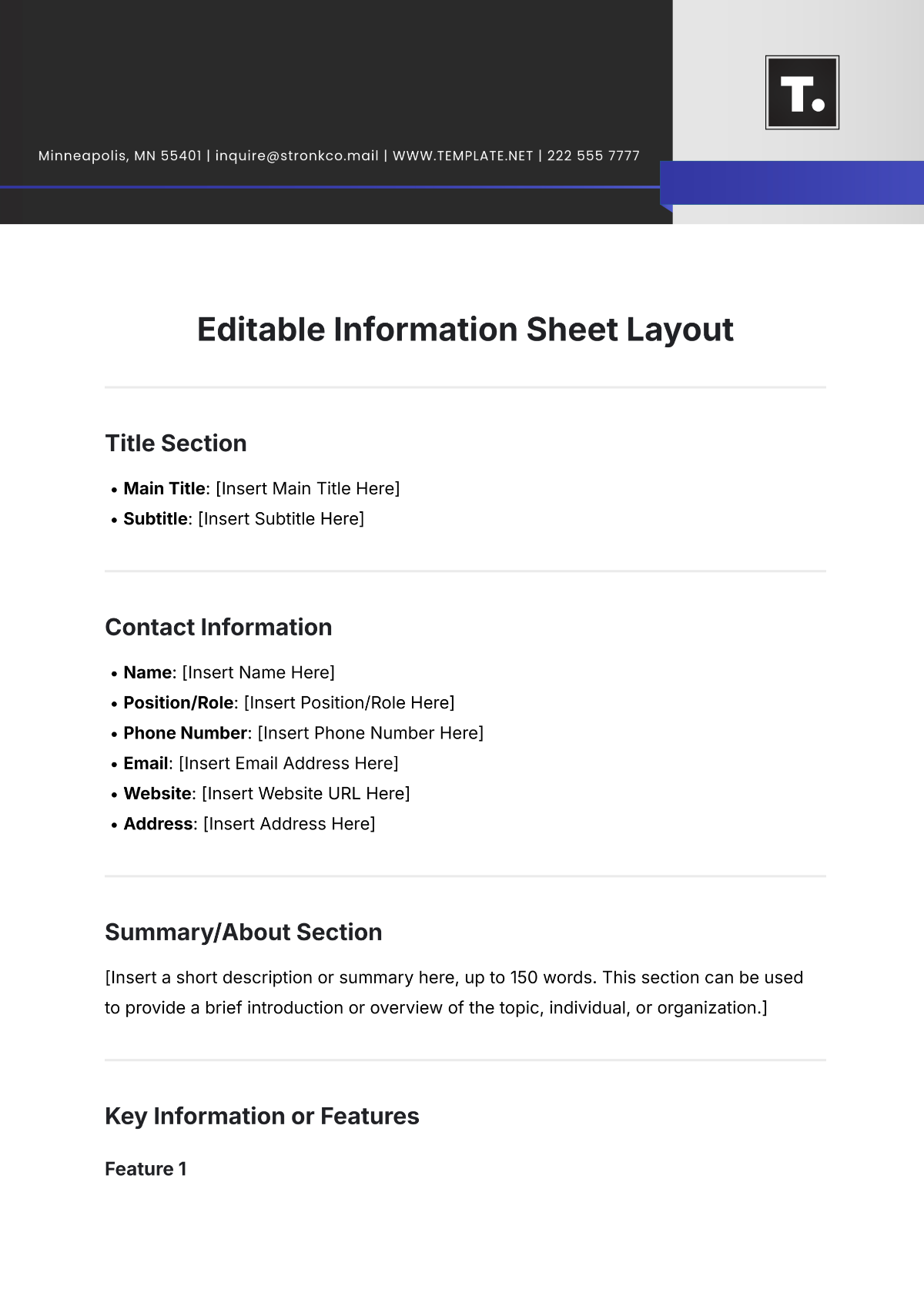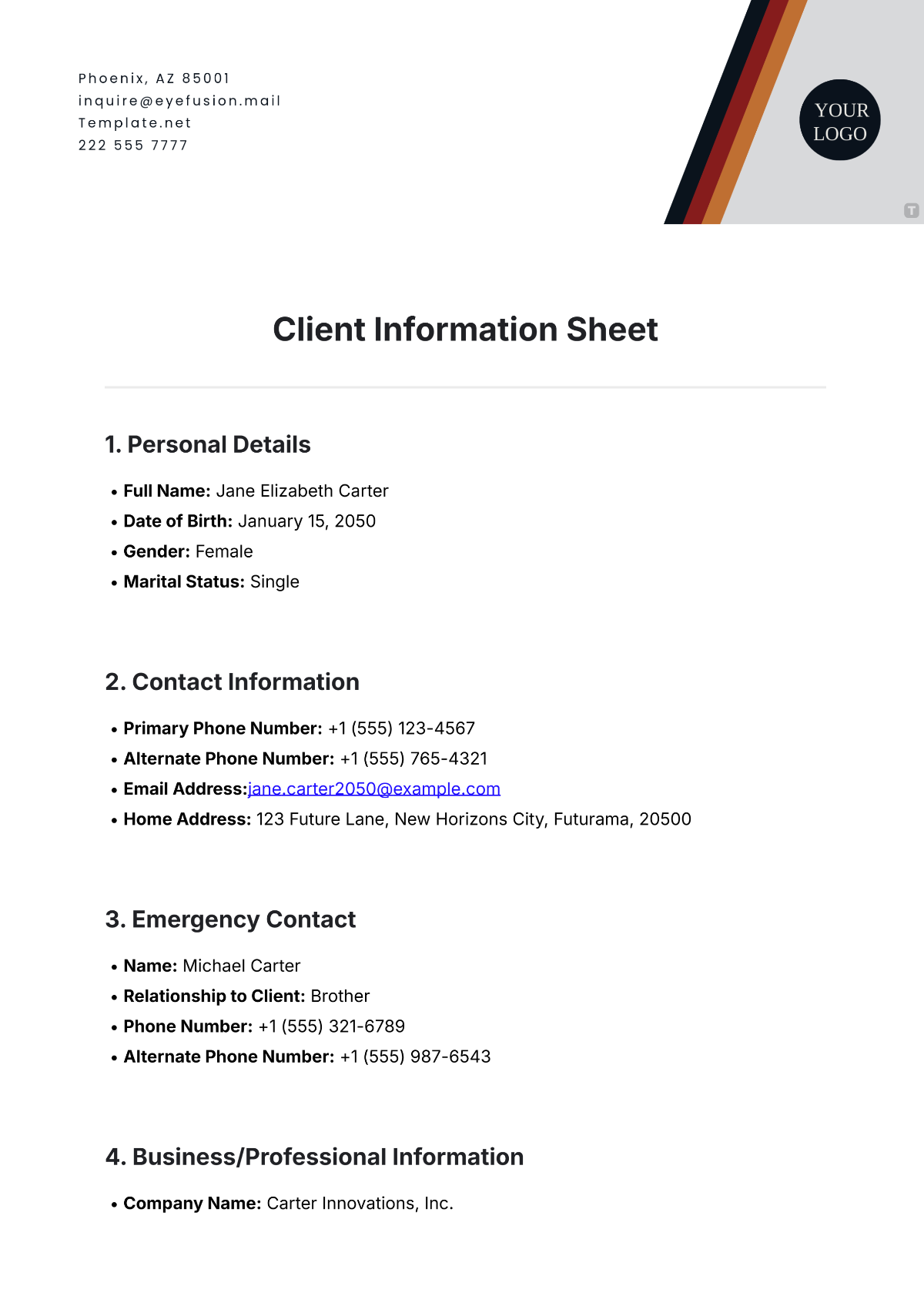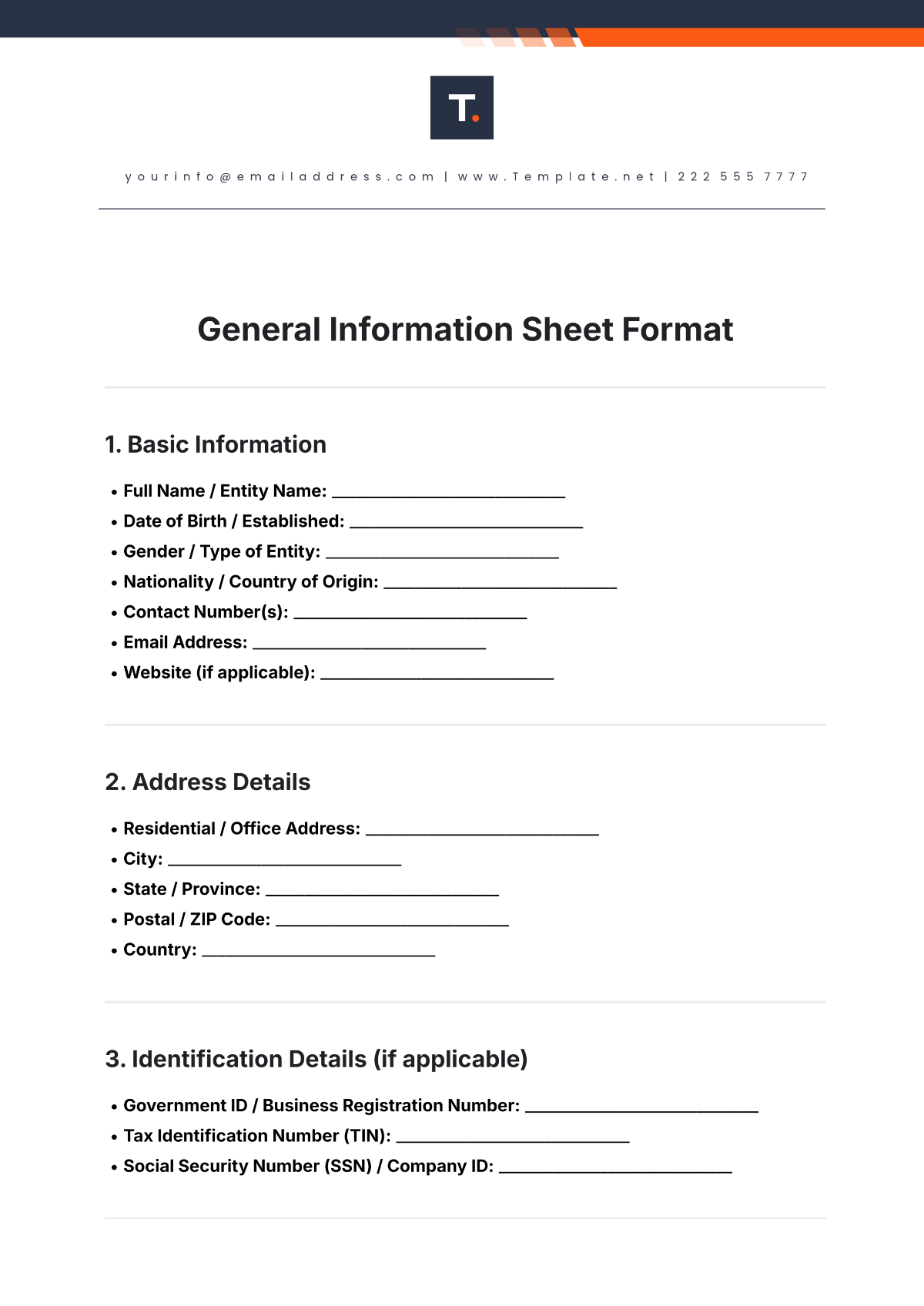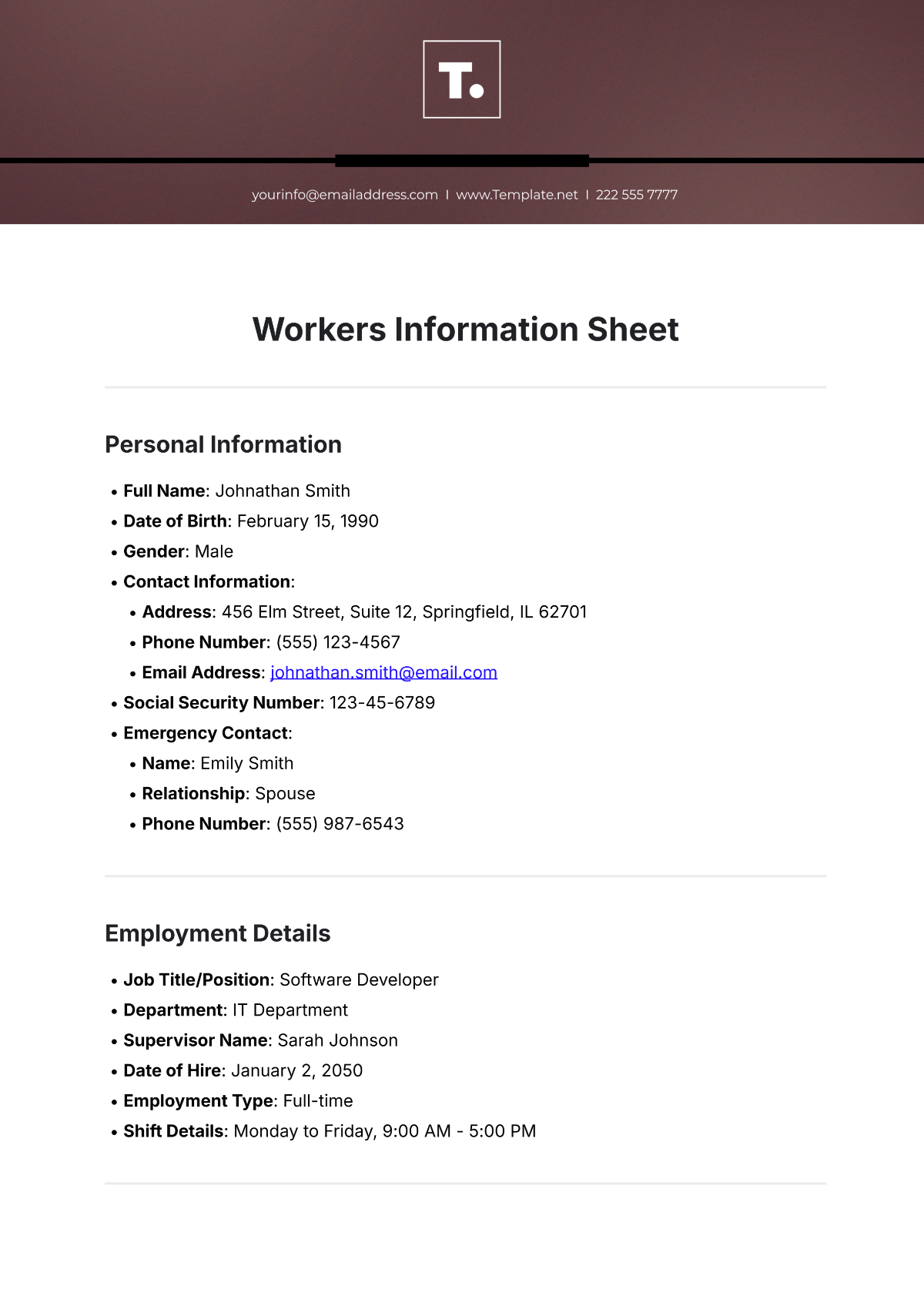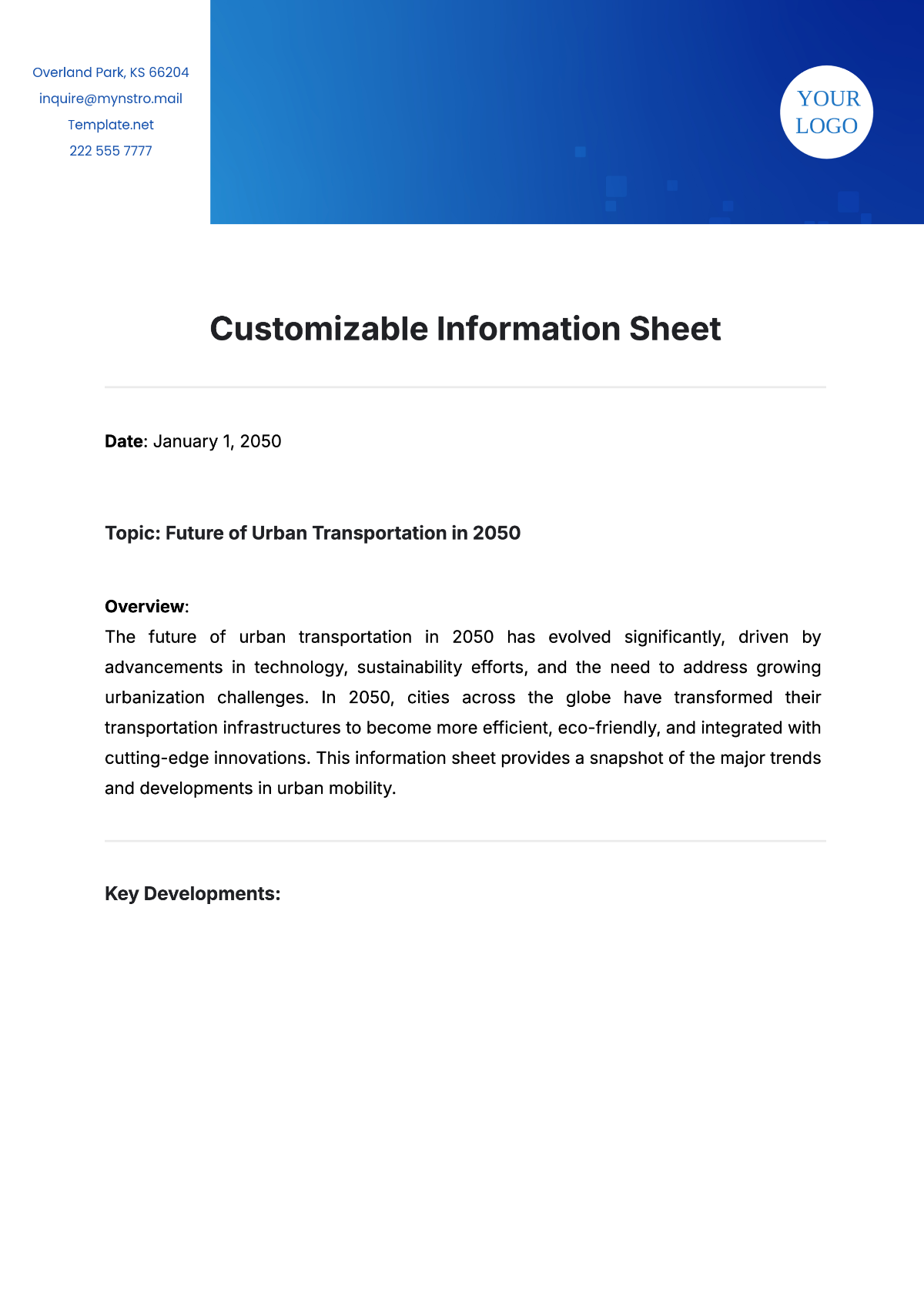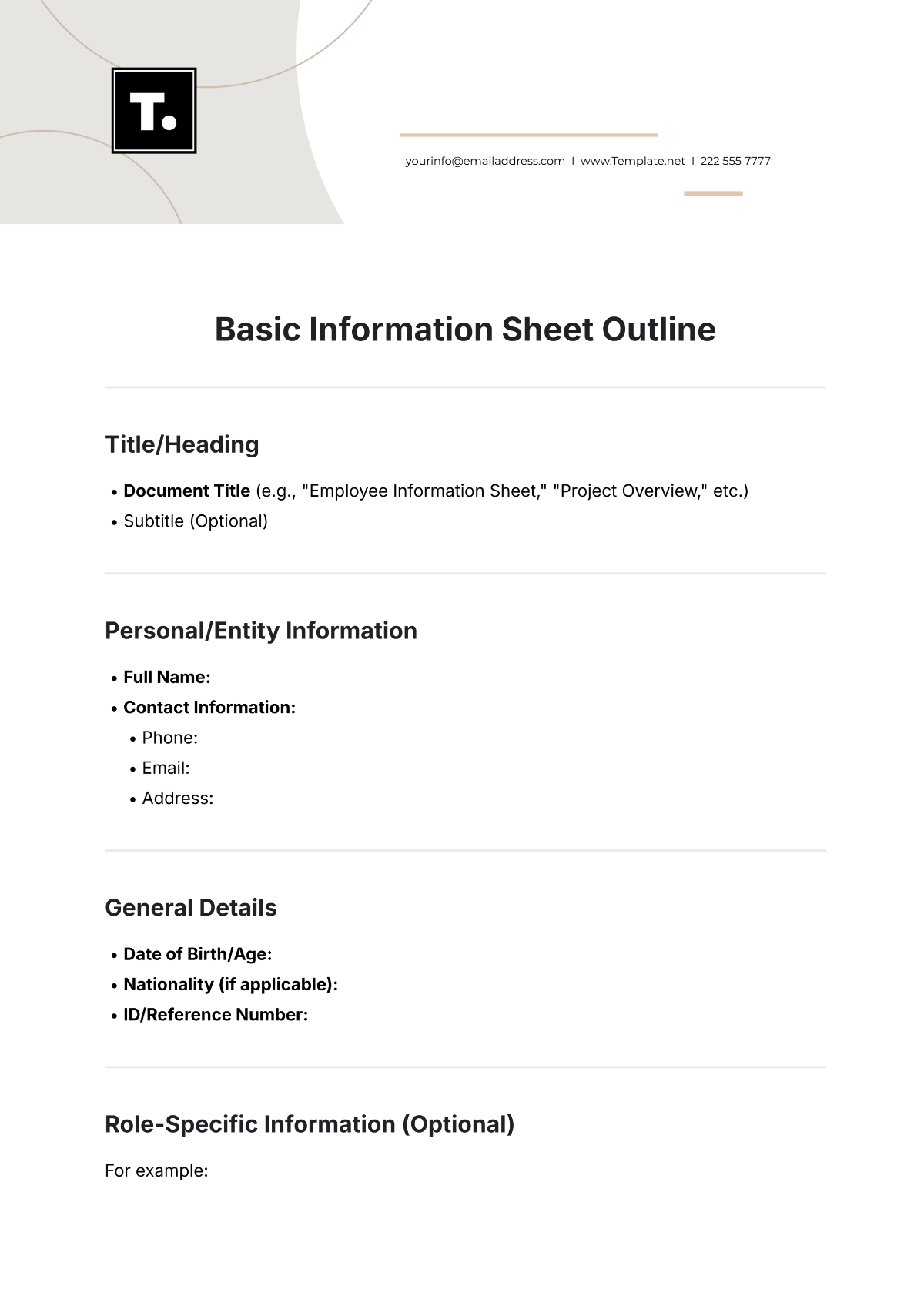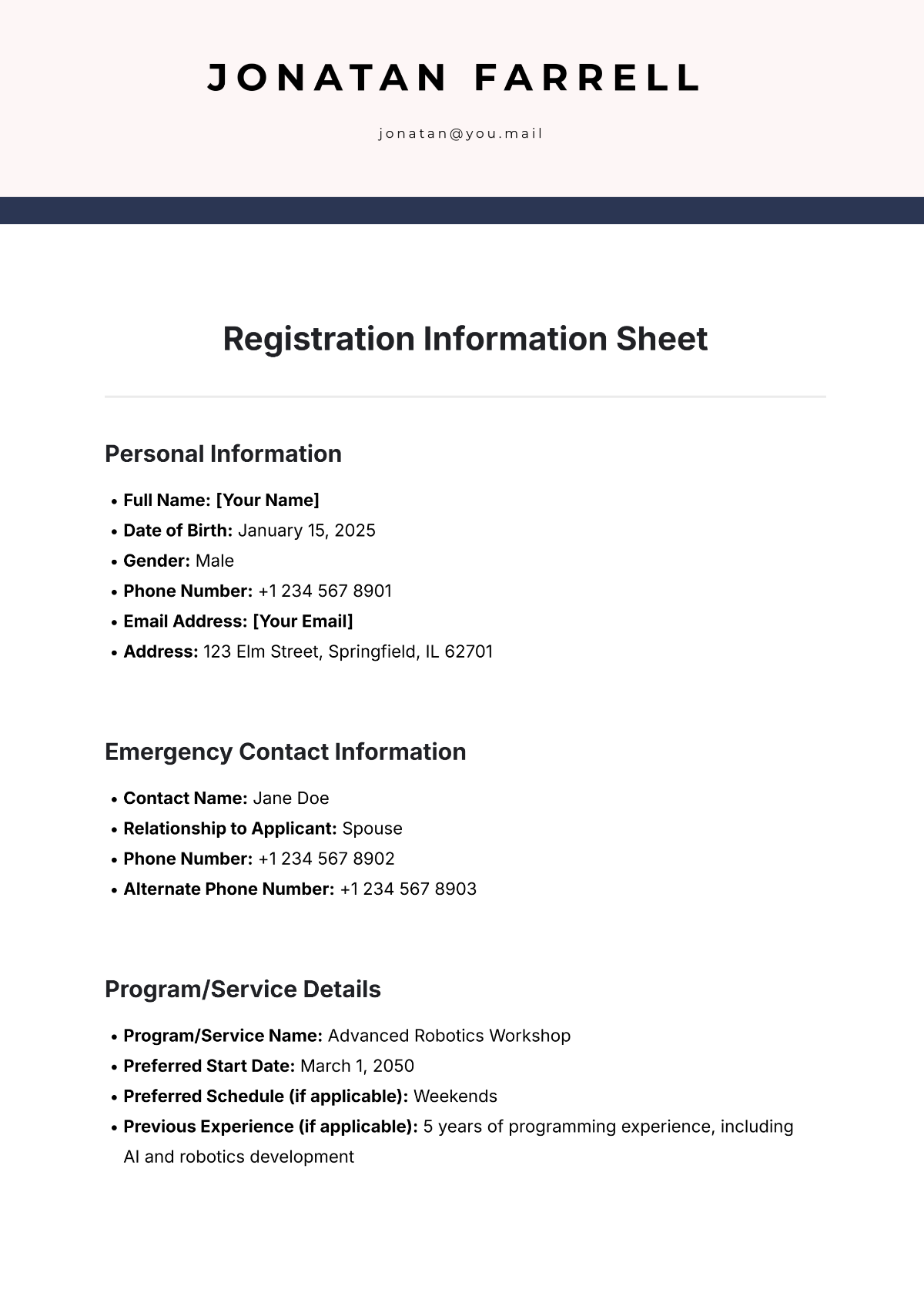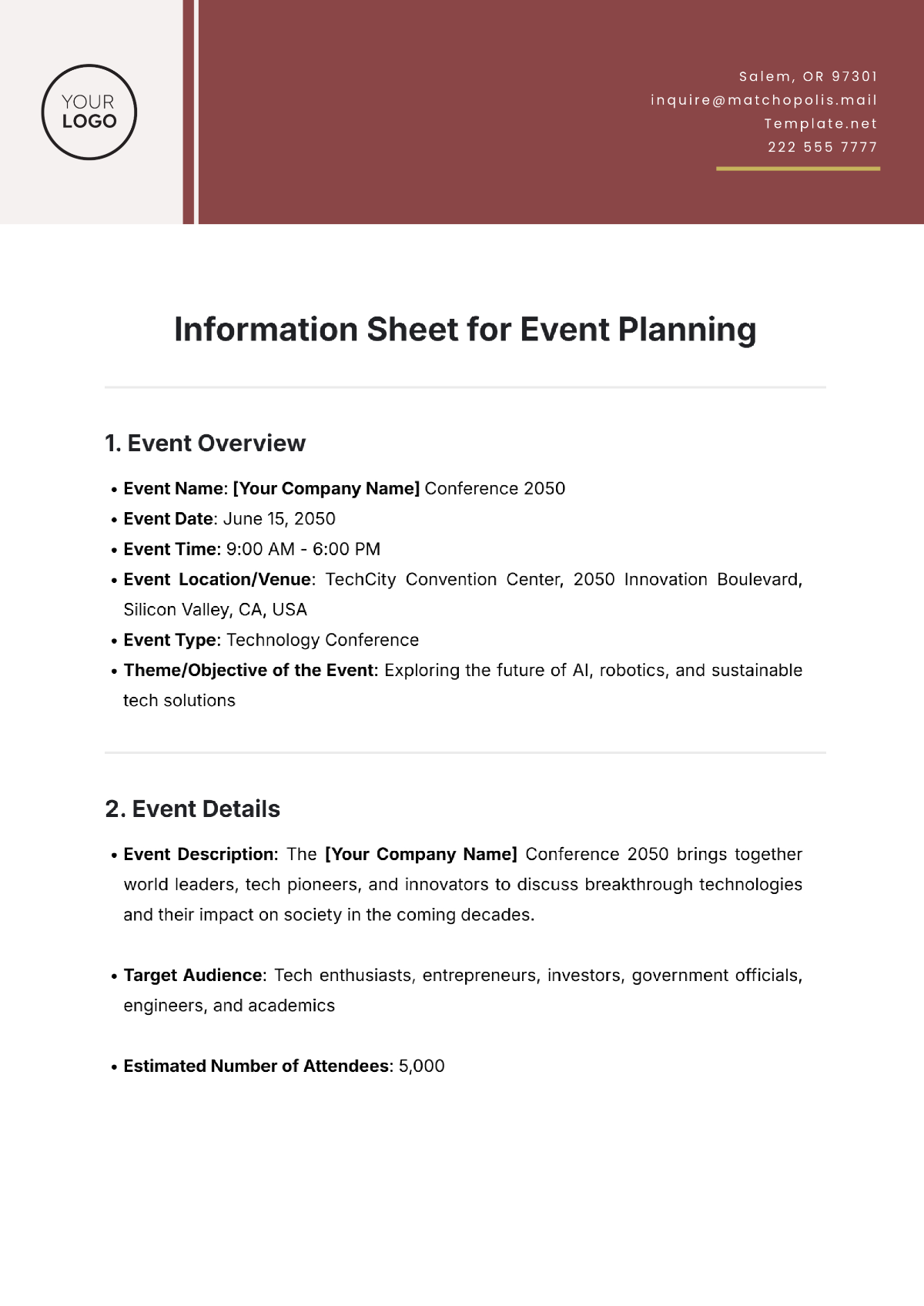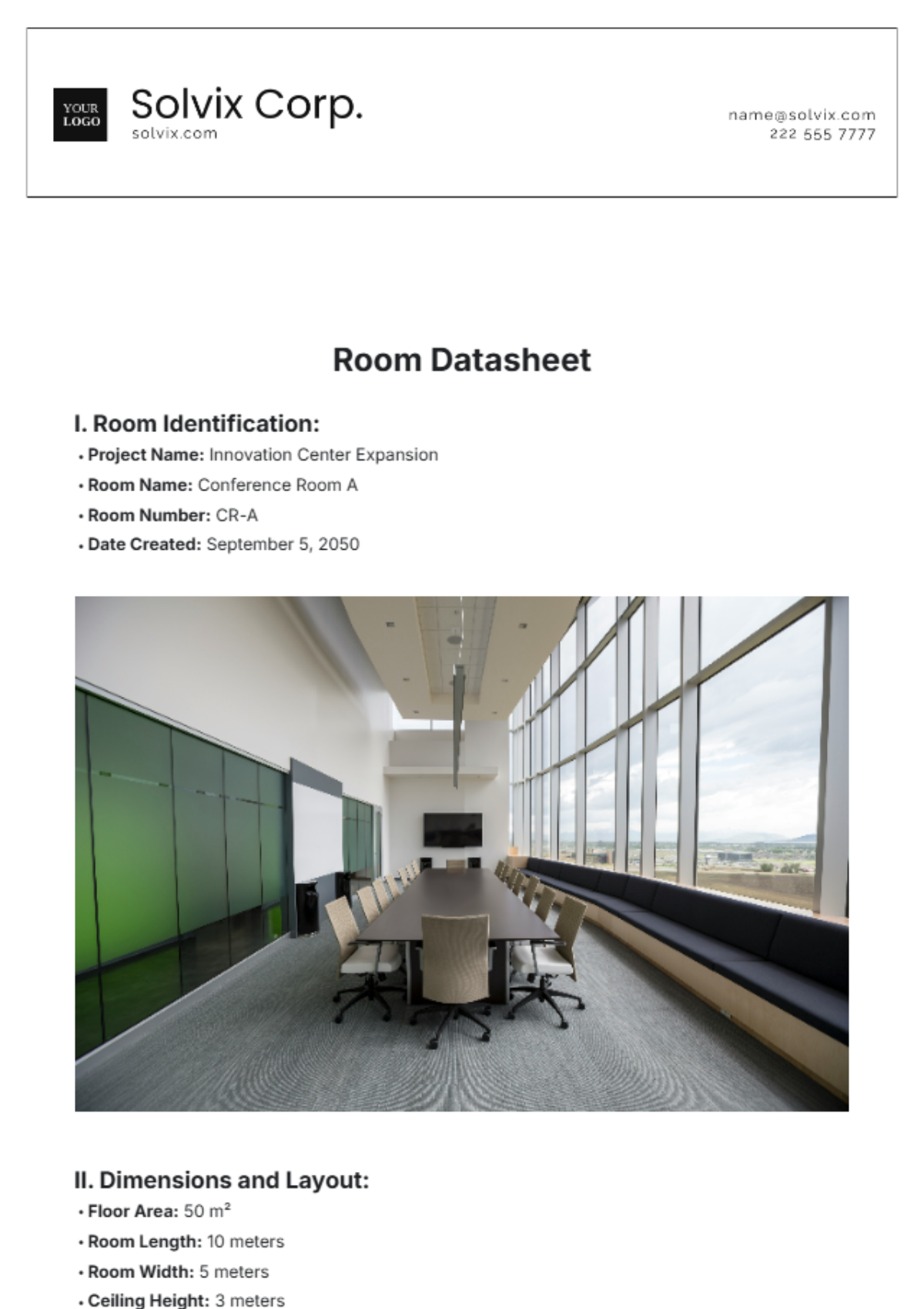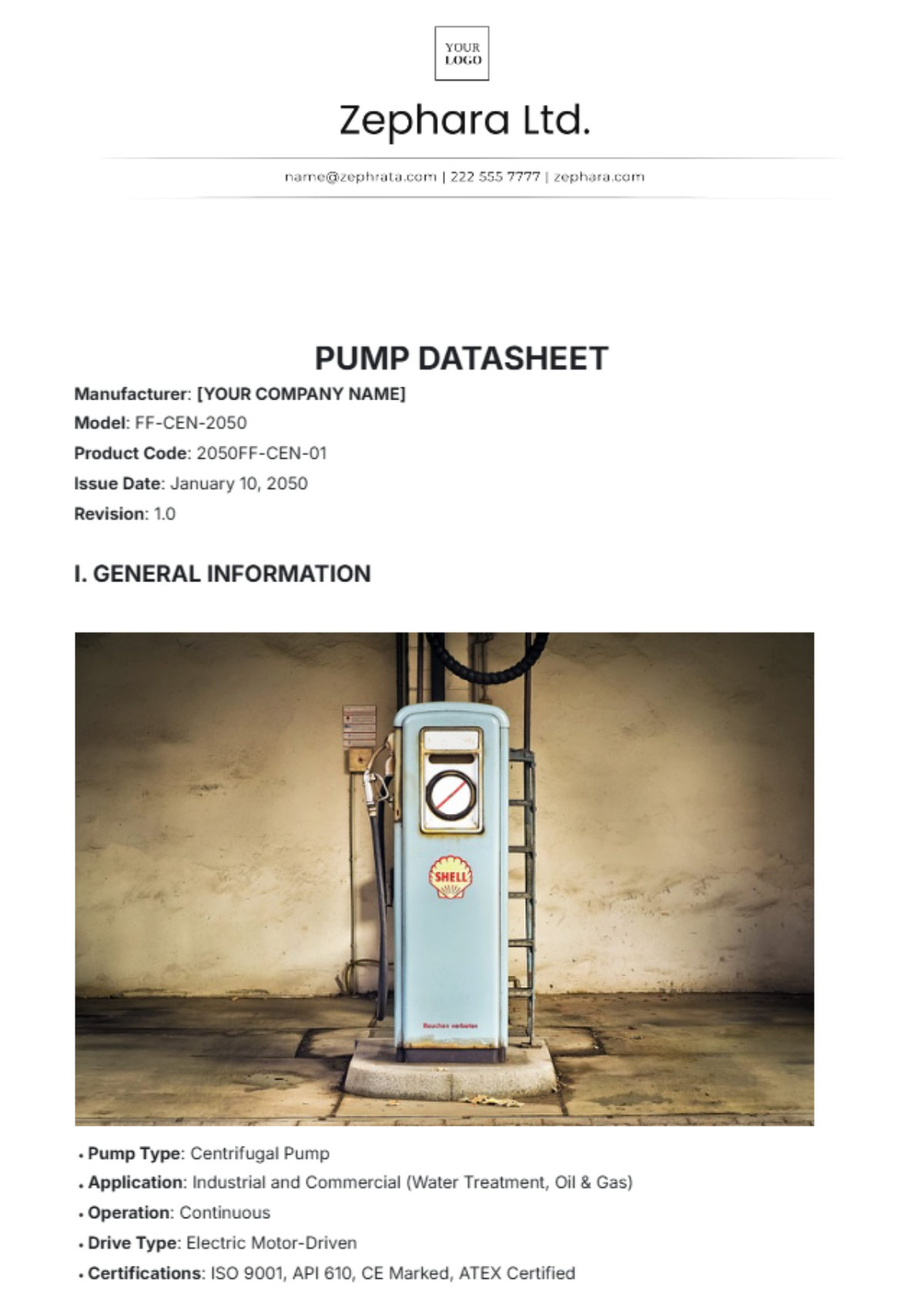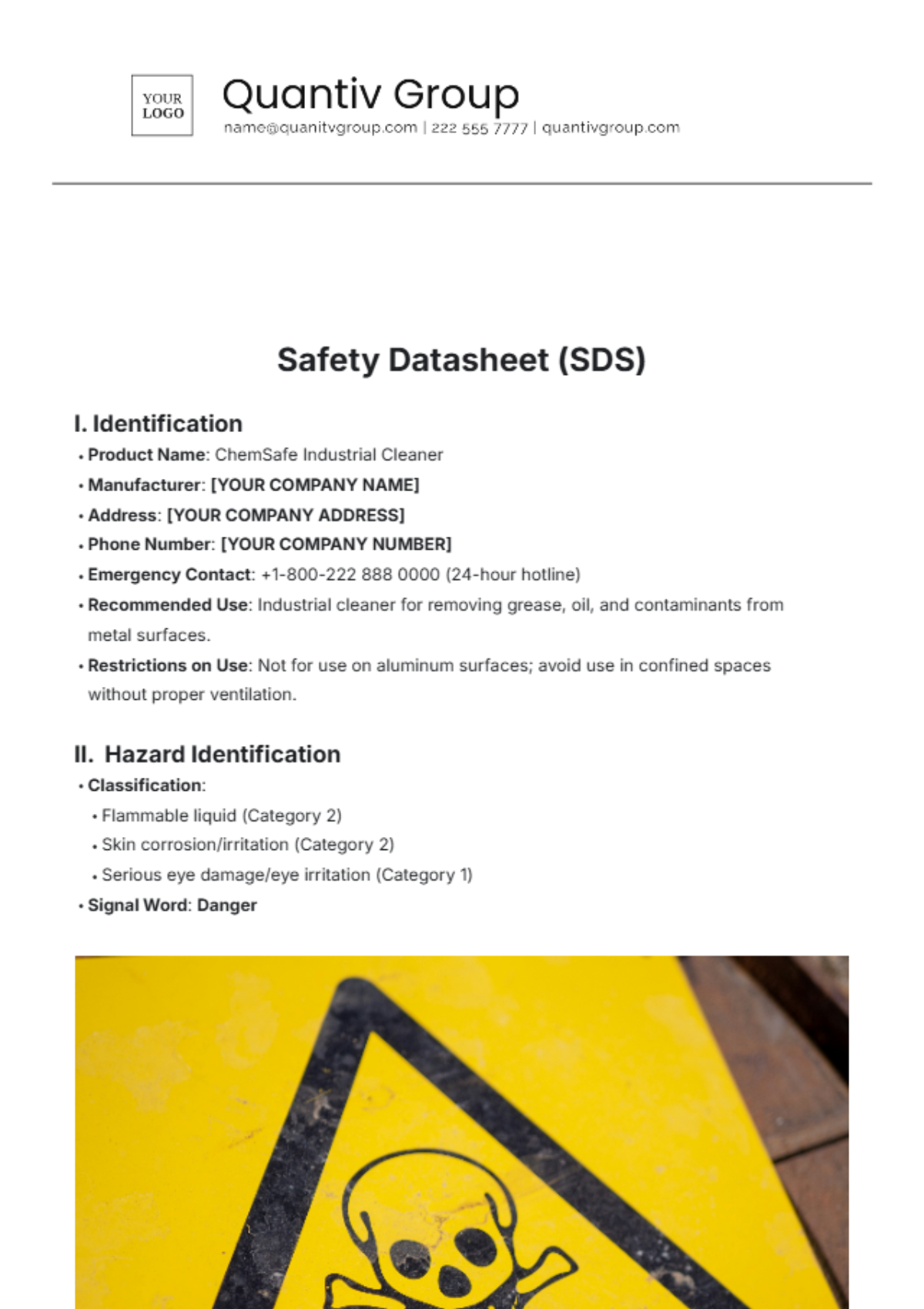Constitution Fact Sheet
I. Introduction
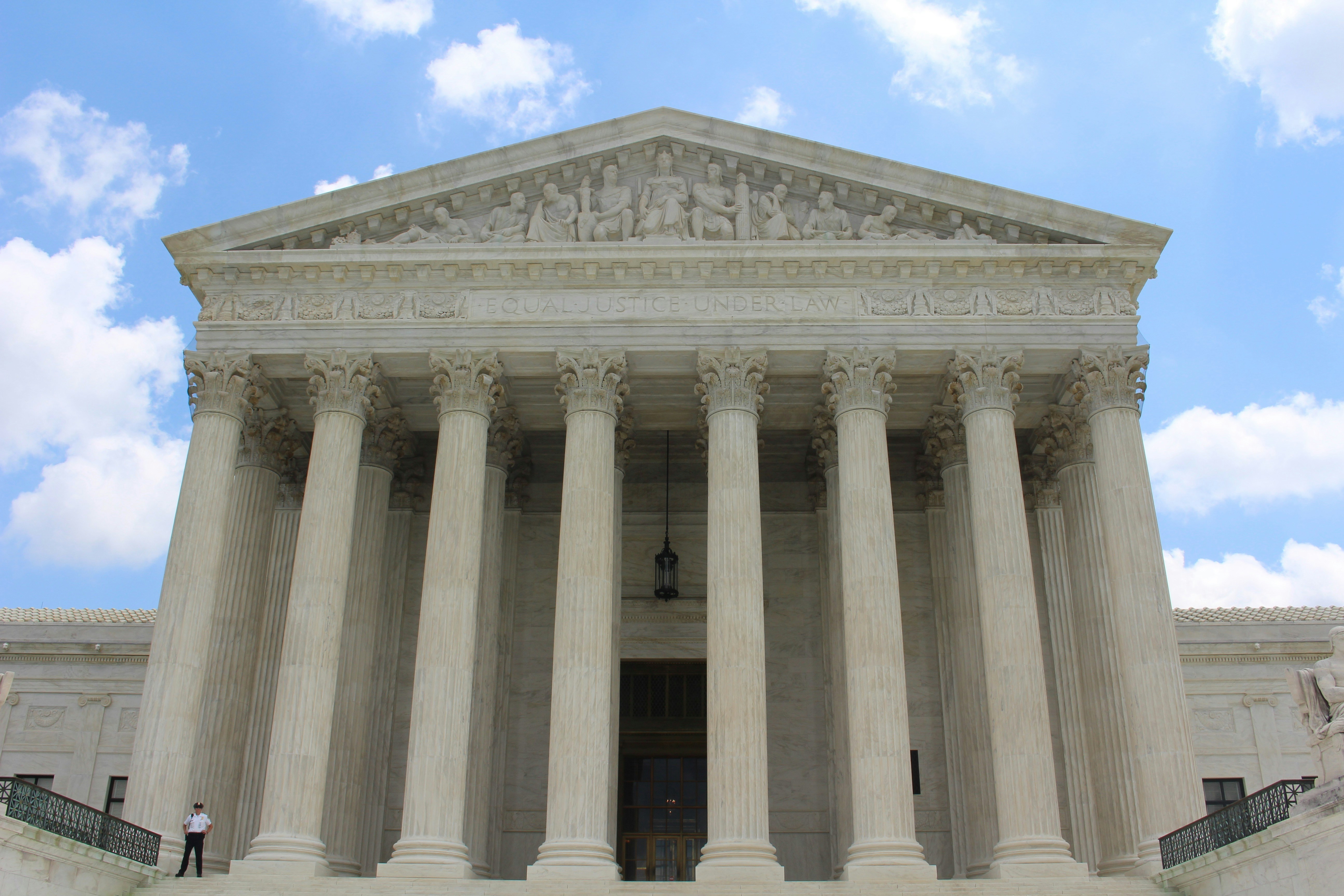
The Constitution Fact Sheet provides a concise overview of the essential elements of a constitution, highlighting its purpose, major components, rights and responsibilities, amendments, and a sample constitution. Understanding these key aspects is crucial for citizens to comprehend the foundational principles of their nation's governance.
II. Purpose
The constitution serves as the fundamental law of a country, outlining the structure of government, the rights and responsibilities of citizens, and the relationship between the government and the governed.
III. Major Components
Component | Description |
|---|---|
Preamble | An introduction stating the purpose and guiding principles. |
Articles | Sections outlining specific powers and procedures. |
Amendments | Changes or additions to the original document. |
Bill of Rights | Enumerates fundamental rights and freedoms of citizens. |
Separation of Powers | Divides governmental powers among branches. |
IV. Rights and Responsibilities
The Constitution typically guarantees:
Civil liberties (freedom of speech, religion, assembly, etc.)
Due process and equal protection under the law.
Right to vote and participate in the political process.
Responsibilities such as paying taxes and obeying laws.
V. Amendments and Revisions
Amendments: Changes made to the original constitution to adapt to societal needs or correct deficiencies.
Process: Typically involves a proposal by Congress or convention, followed by ratification by states.
Notable Amendments: Examples include the Bill of Rights (first ten amendments) and amendments addressing suffrage, prohibition, and civil rights.

VI. Sample Constitution
Preamble:
We, the people of [Country], to form a more perfect union, establish justice, ensure domestic tranquility, provide for the common defense, promote the general welfare, and secure the blessings of liberty to ourselves and our posterity, do ordain and establish this Constitution for [Country].
Articles:
Article I: Legislative Branch
Article II: Executive Branch
Article III: Judicial Branch
Article IV: States' Powers
Article V: Amendment Process
Article VI: Supremacy Clause
Article VII: Ratification
Bill of Rights (Amendments 1-10):
Freedom of expression, religion, press, assembly, and petition.
Right to bear arms for self-defense and national security.
Protection from compulsory quartering of troops in peacetime.
Protection from unreasonable searches and seizures; requirement of warrants based on probable cause.
Right to a fair and speedy trial, protection from self-incrimination, and eminent domain safeguards.
Right to legal counsel, public trial by jury, and cross-examination.
Right to trial by jury in civil cases involving disputes exceeding a certain threshold.
Protection from excessive bail, fines, and cruel or unusual punishment.
Recognition of unenumerated rights retained by individuals.
Powers not delegated to the federal government are reserved for the states or the people.
VII. Conclusion

A constitution is the cornerstone of a nation's legal framework, providing a blueprint for governance, protecting individual rights, and allowing for the evolution of society through amendments. Understanding its key components and principles is essential for informed citizenship and the preservation of democracy.
